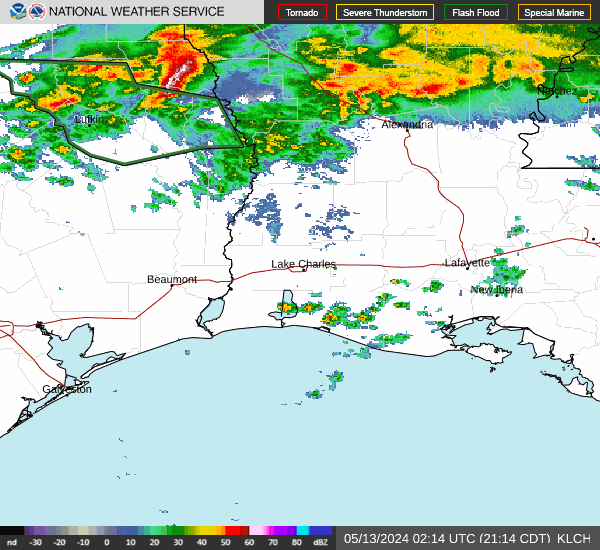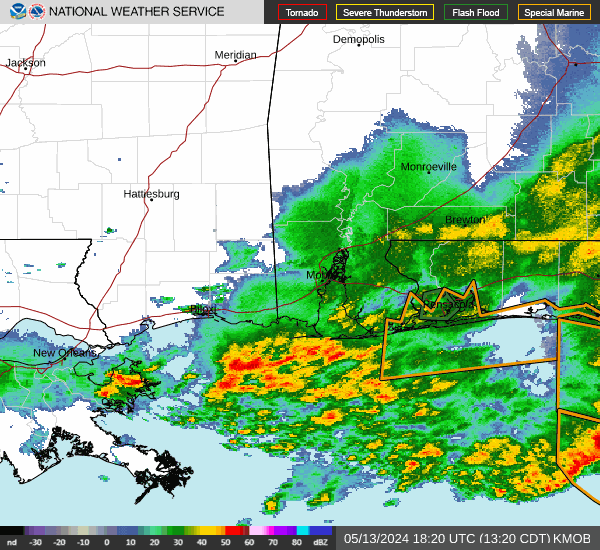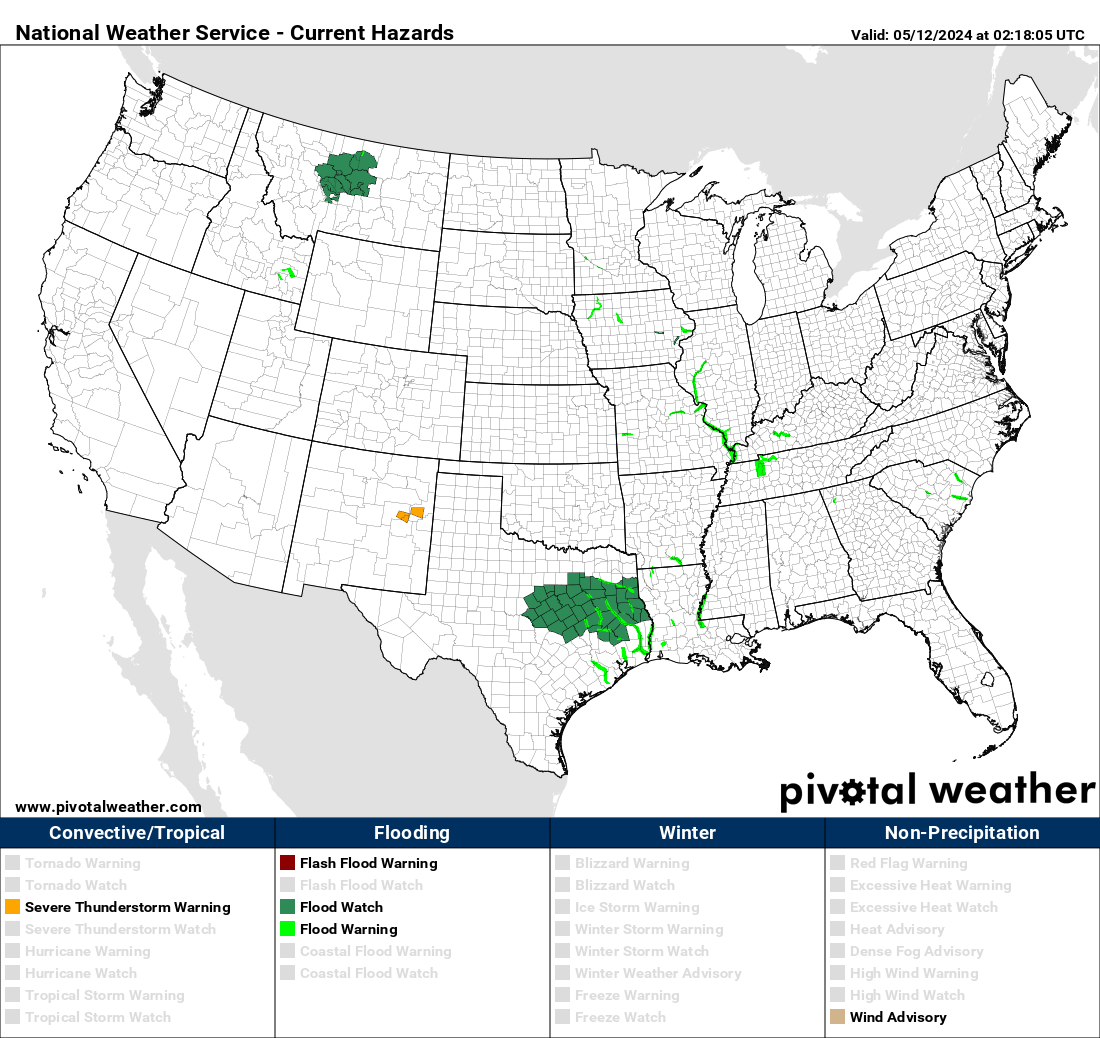Post by Shibumi-Mandeville I-12/Hwy59 on Oct 25, 2021 7:35:56 GMT -6
I used to spend a bit of time in the UK (ex-GF) and found it interesting that the Met office would report and forecast two different temperatures...especially in more rural areas......air and ground.
The air temperature is similar to how we do it here in the US, but I believe the height above ground is 1.25m, so a few feet lower than our 6 foot standard.
The ground temperature is not a measurement of the soil temp, but a measurement of the surface temp of the grass. I'm sure this is coming from the farming side of history so farmers knew when to prepare for ground frosts.
As you probably know, we usually get frosts on cars and roofs when the measured air temperature is above freezing...often as high as upper 30's. Why? Because of that mysterious heat transfer mechanism called radiation.
Conduction and convection are easy to understand....either heat transfer through solids or gasses (like air). We are all familiar with this. Radiation, on the other hand, is not intuitive at all.
Not getting into the whole wave/particle nature of electromagnetic energy, but the effects of radiational heating and cooling (two sides of the same coin) are only seen when that radiation interacts with mass....most obviously we would think of hard surfaces compared to the almost empty air (relatively speaking).
The best way to see the effects of radiation heat transfer is being around a campfire or fireplace. When you face the fire, your face gets hot. When you turn around your face feels cool (compared to facing it). The air temperature around your head is almost the same in both cases (not exactly the same, but the mass in air is so small compared to your face it would be hard to measure), but the surface temp of your face is higher when facing the fire, or the radiation.
At night the surface features of the earth radiate heat into space. Atmospheric conditions affect how efficiently the heat transfer takes place. A clear night with no atmospheric conditions that would inhibit that are ideal for radational cooling at the surface.
Just like the heat you feel on your face from a fire, the car surface looses its heat content via the same radiation to space.....and because of this the surface of your car (or whatever surface exposed to the sky) cools to a lower temperature than the air a few feet above it.
If your car is parked under a tree you won't see the same cooling so you won't see the frost form, or at least not as quicky.
So why the post? Well I just bought an electric smoker, and because of this I bought a nice 4-probe wifi temperature set. When I received it yesterday I put it outside to see if the probes were reading close what my PWS was. They all read within a degree of each other and within a degree of the PWS reading.
Then I thought......hey I can use this probe apparatus to check outdoor temps in different locations, like soil, outside standing water, concrete surface, and yes......grass or car top temp.
So my plan is, during frost-possible nights this winter, I will set up the probes to measure this surface radiational phenomena.
I will post the results here in this thread whenever I do so.
Ok.....weather nerd mode off....
The air temperature is similar to how we do it here in the US, but I believe the height above ground is 1.25m, so a few feet lower than our 6 foot standard.
The ground temperature is not a measurement of the soil temp, but a measurement of the surface temp of the grass. I'm sure this is coming from the farming side of history so farmers knew when to prepare for ground frosts.
As you probably know, we usually get frosts on cars and roofs when the measured air temperature is above freezing...often as high as upper 30's. Why? Because of that mysterious heat transfer mechanism called radiation.
Conduction and convection are easy to understand....either heat transfer through solids or gasses (like air). We are all familiar with this. Radiation, on the other hand, is not intuitive at all.
Not getting into the whole wave/particle nature of electromagnetic energy, but the effects of radiational heating and cooling (two sides of the same coin) are only seen when that radiation interacts with mass....most obviously we would think of hard surfaces compared to the almost empty air (relatively speaking).
The best way to see the effects of radiation heat transfer is being around a campfire or fireplace. When you face the fire, your face gets hot. When you turn around your face feels cool (compared to facing it). The air temperature around your head is almost the same in both cases (not exactly the same, but the mass in air is so small compared to your face it would be hard to measure), but the surface temp of your face is higher when facing the fire, or the radiation.
At night the surface features of the earth radiate heat into space. Atmospheric conditions affect how efficiently the heat transfer takes place. A clear night with no atmospheric conditions that would inhibit that are ideal for radational cooling at the surface.
Just like the heat you feel on your face from a fire, the car surface looses its heat content via the same radiation to space.....and because of this the surface of your car (or whatever surface exposed to the sky) cools to a lower temperature than the air a few feet above it.
If your car is parked under a tree you won't see the same cooling so you won't see the frost form, or at least not as quicky.
So why the post? Well I just bought an electric smoker, and because of this I bought a nice 4-probe wifi temperature set. When I received it yesterday I put it outside to see if the probes were reading close what my PWS was. They all read within a degree of each other and within a degree of the PWS reading.
Then I thought......hey I can use this probe apparatus to check outdoor temps in different locations, like soil, outside standing water, concrete surface, and yes......grass or car top temp.
So my plan is, during frost-possible nights this winter, I will set up the probes to measure this surface radiational phenomena.
I will post the results here in this thread whenever I do so.
Ok.....weather nerd mode off....















